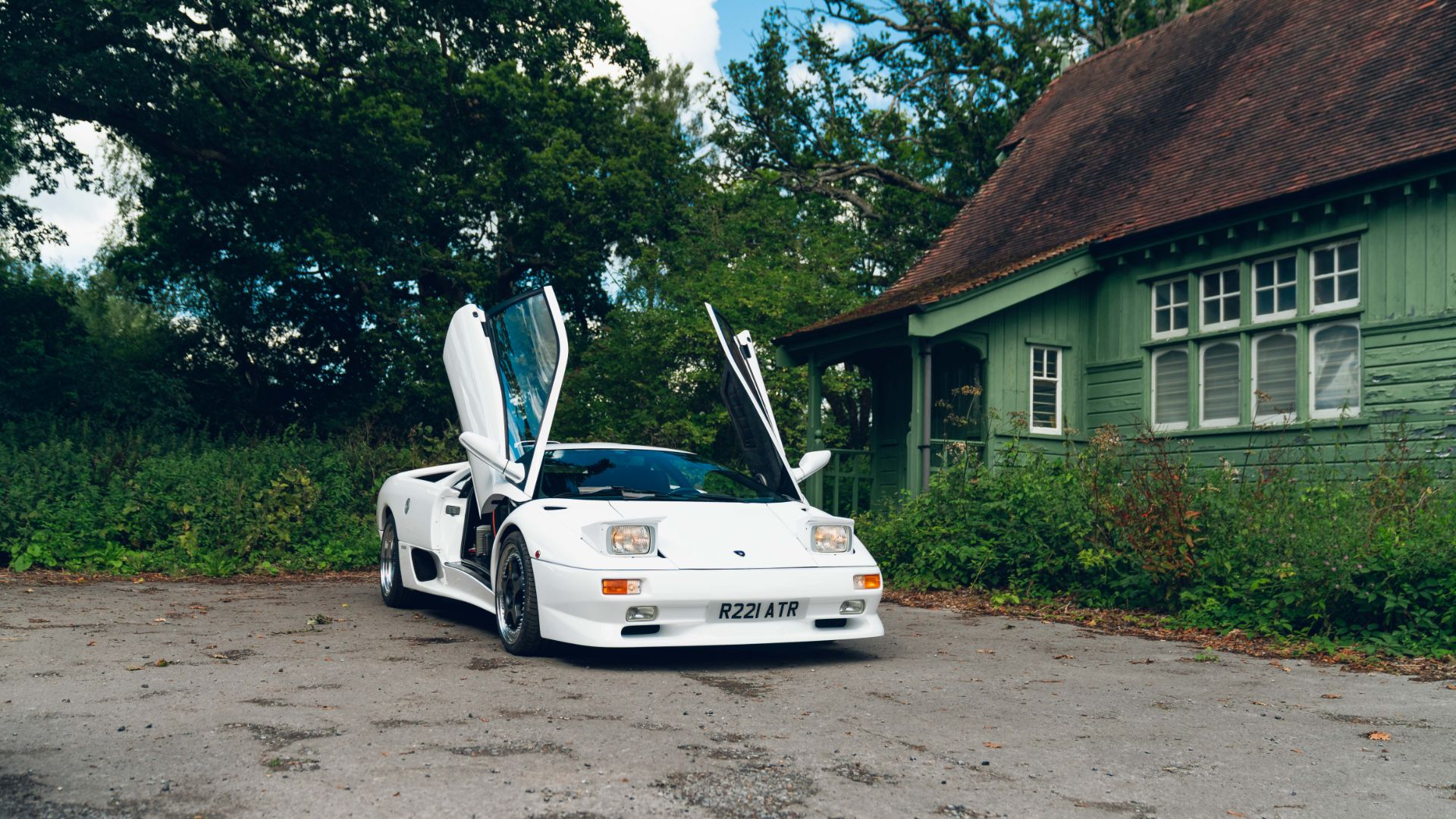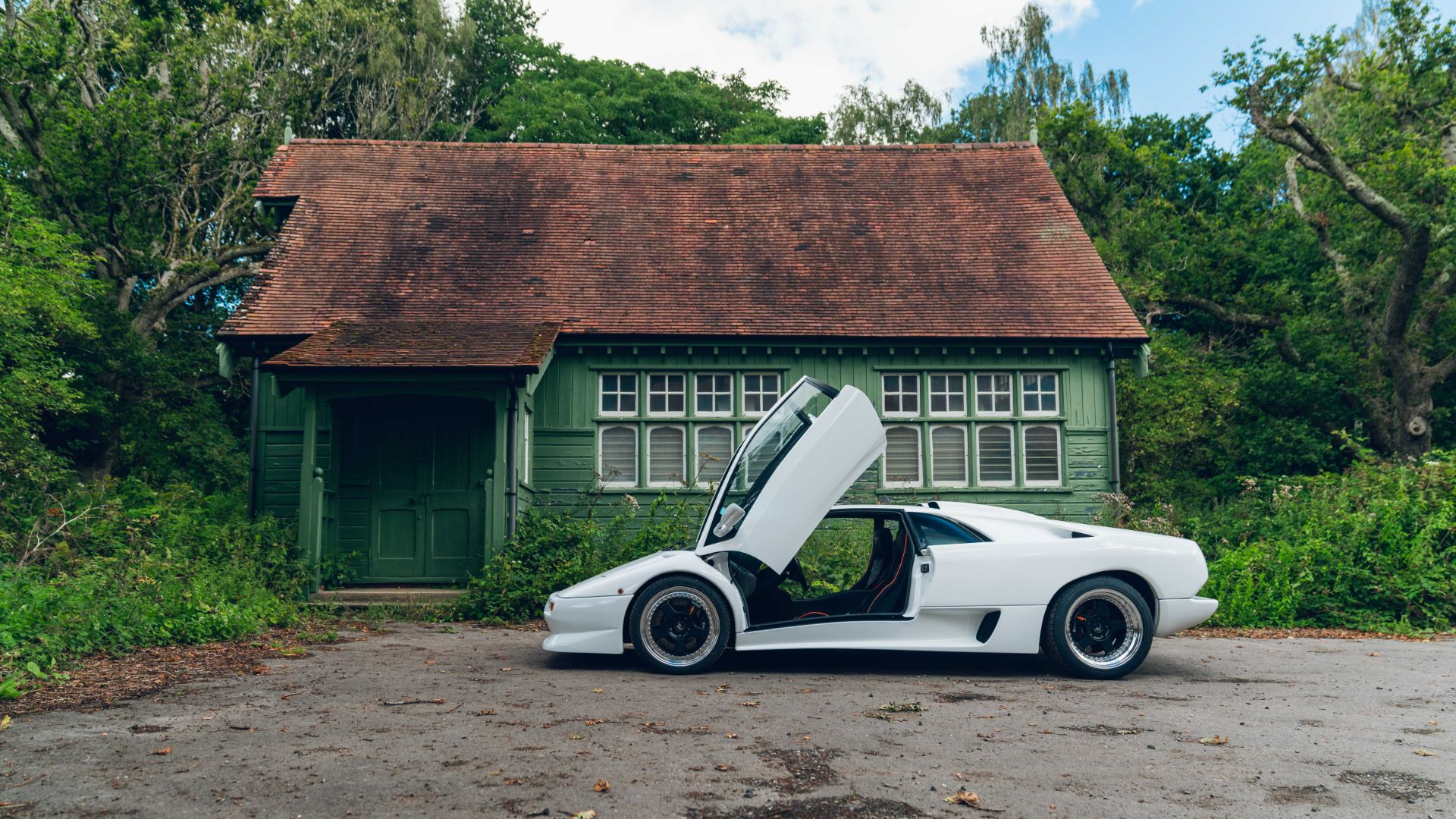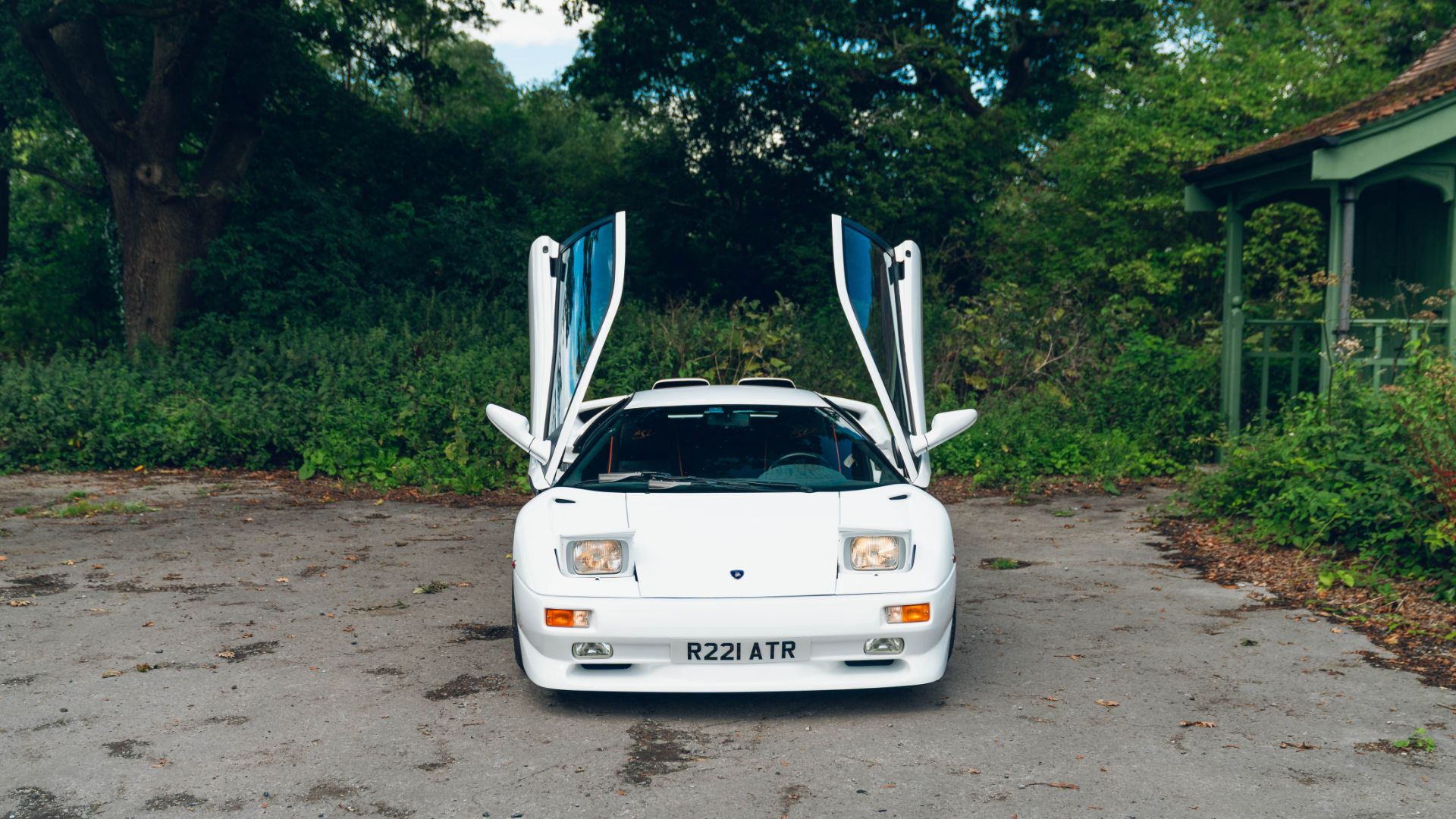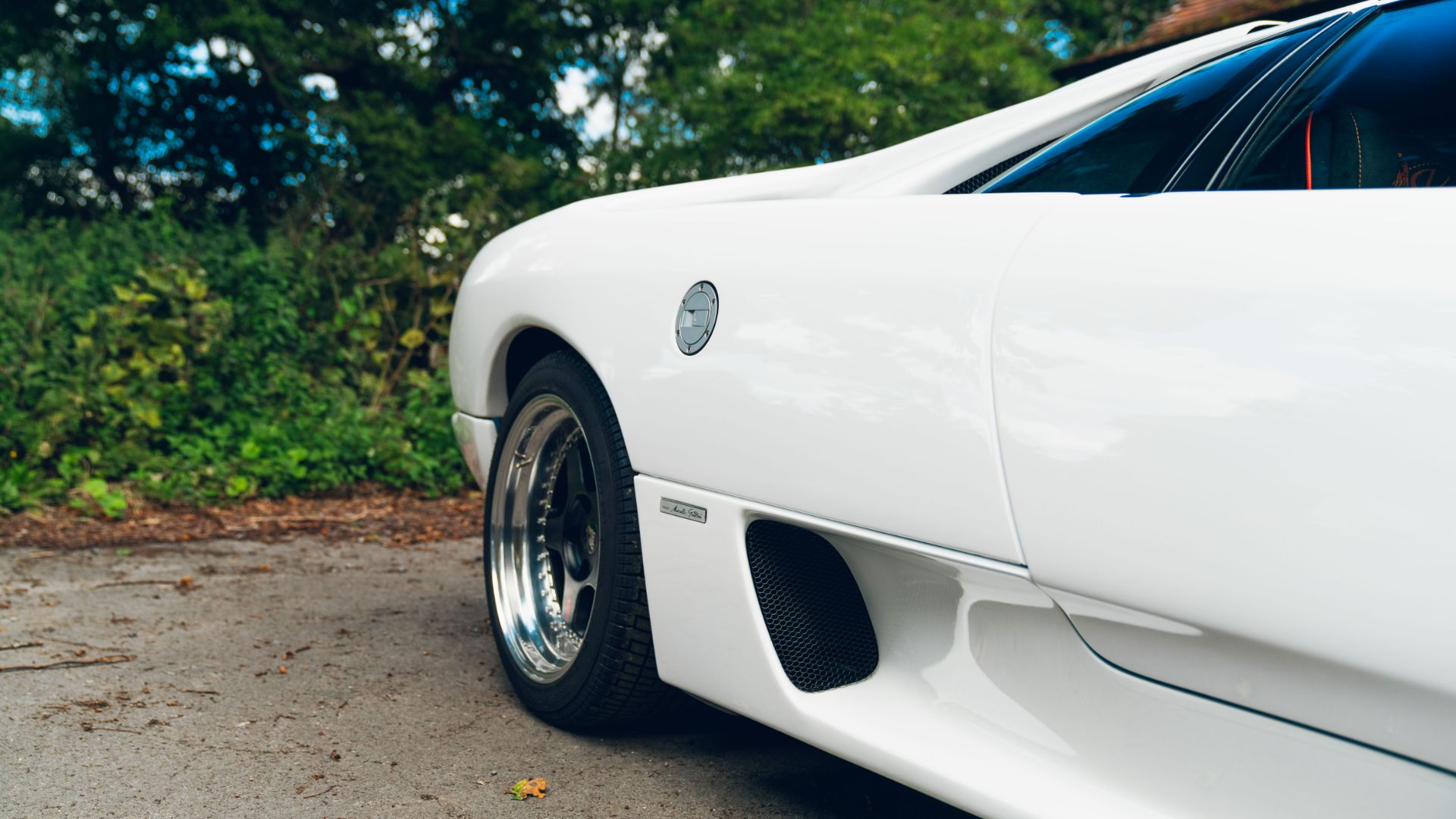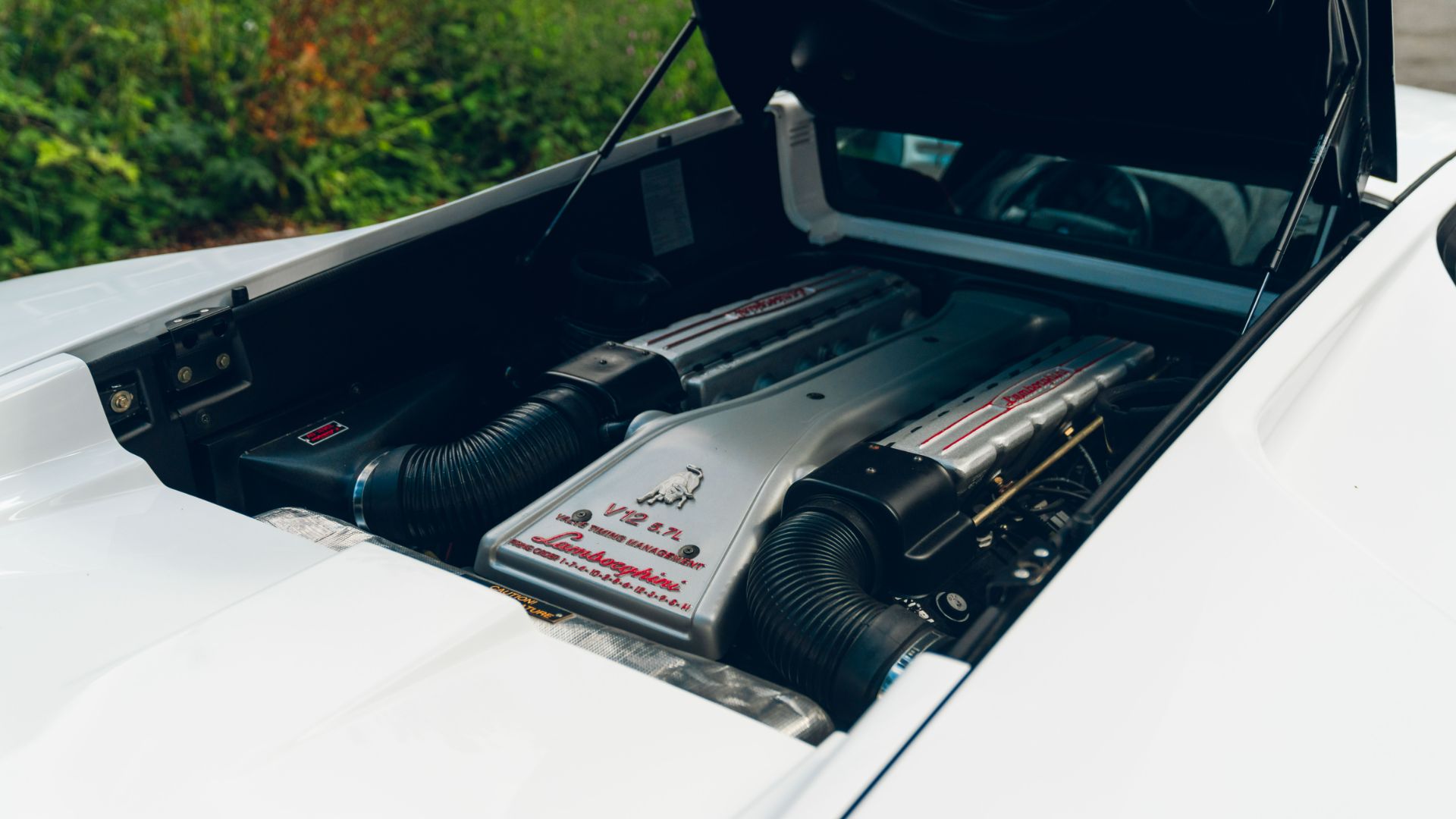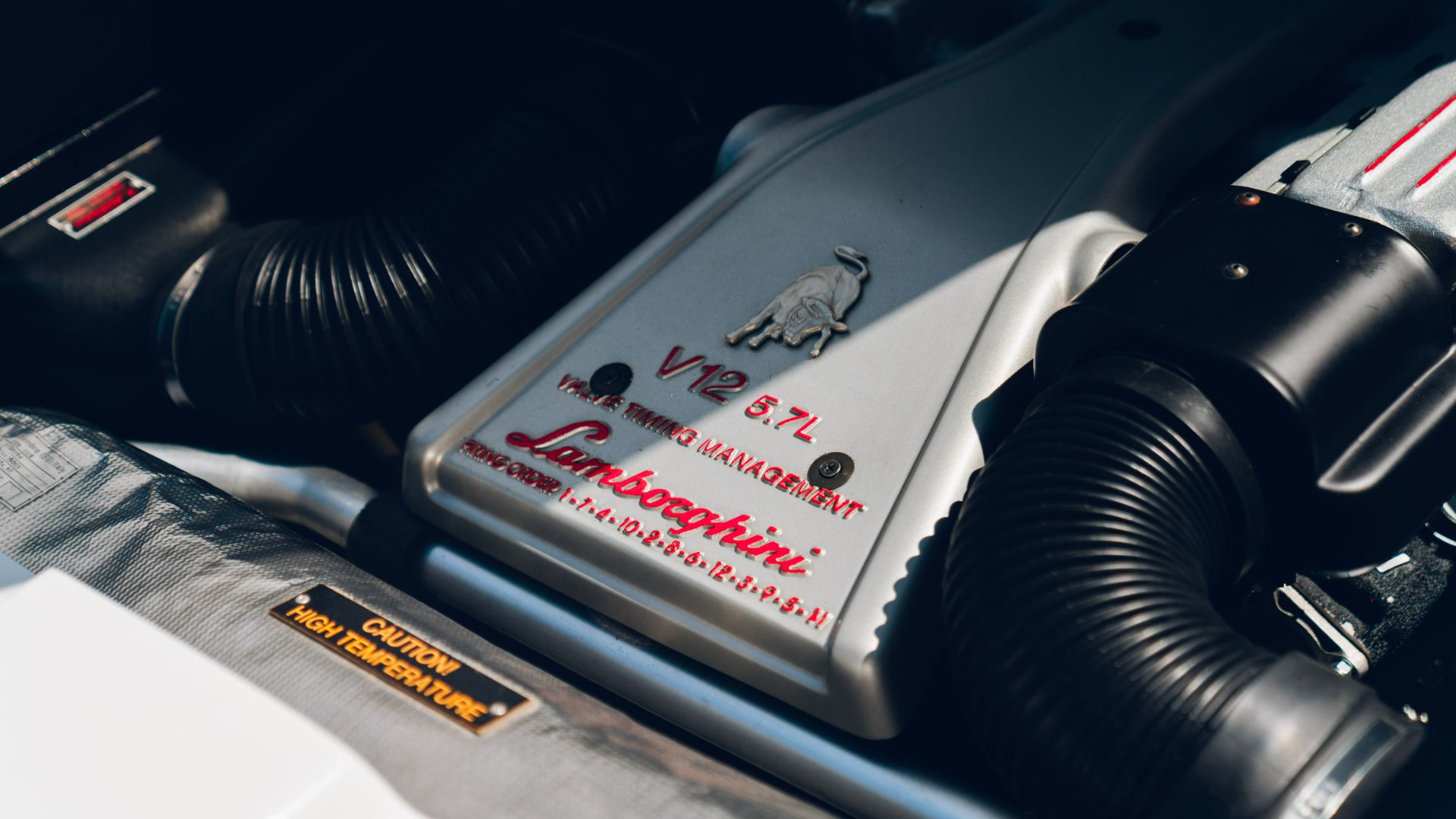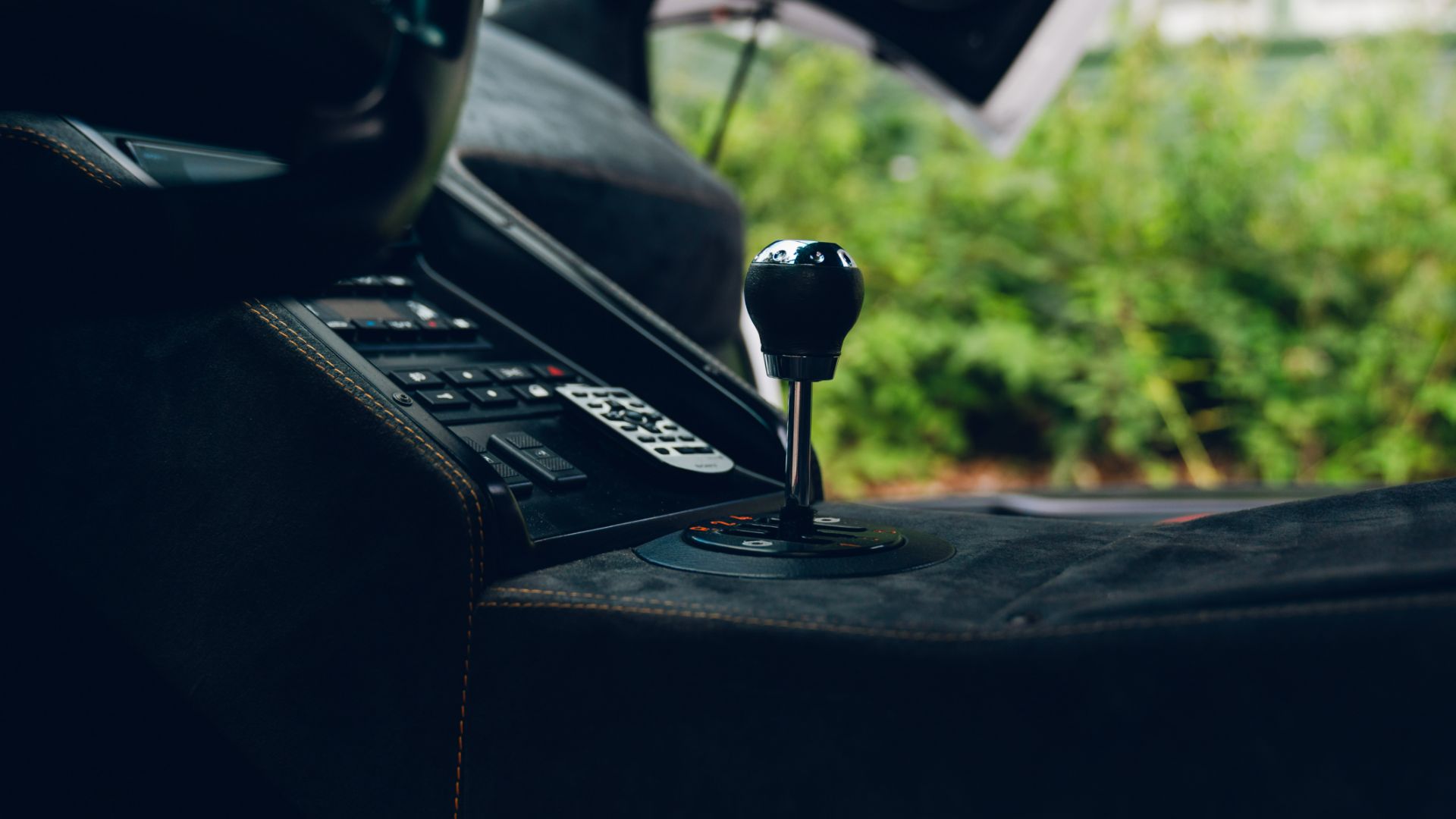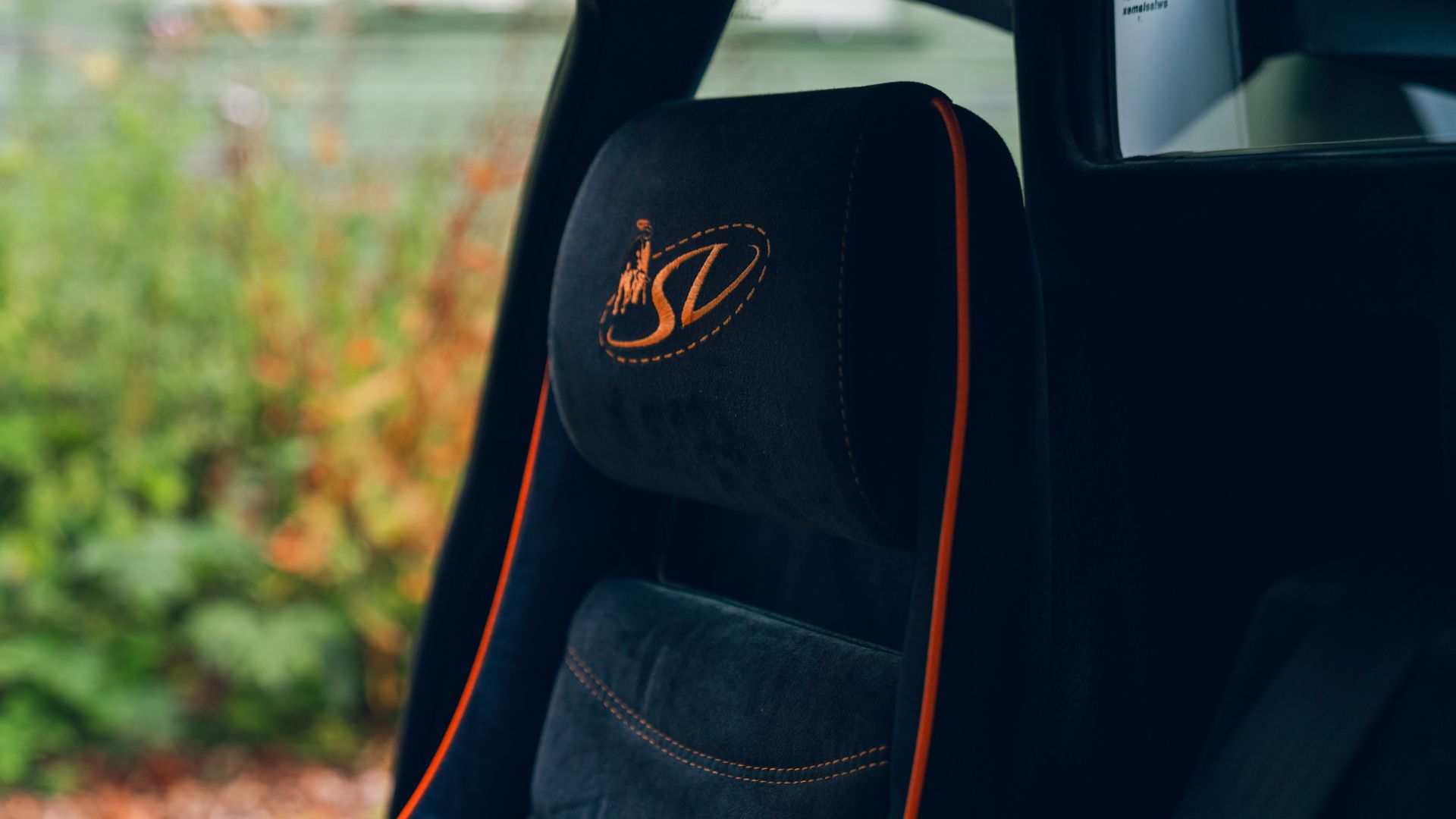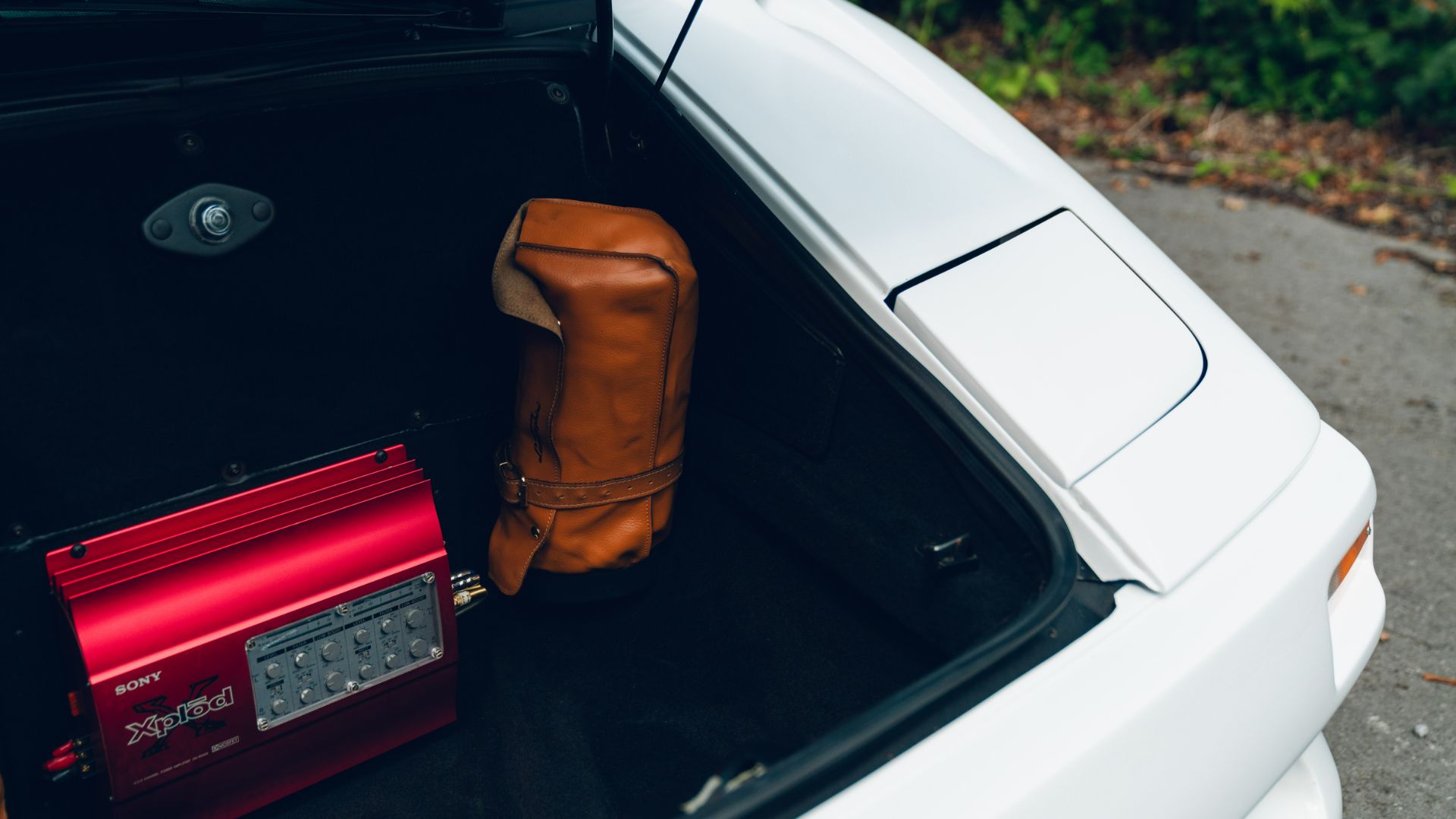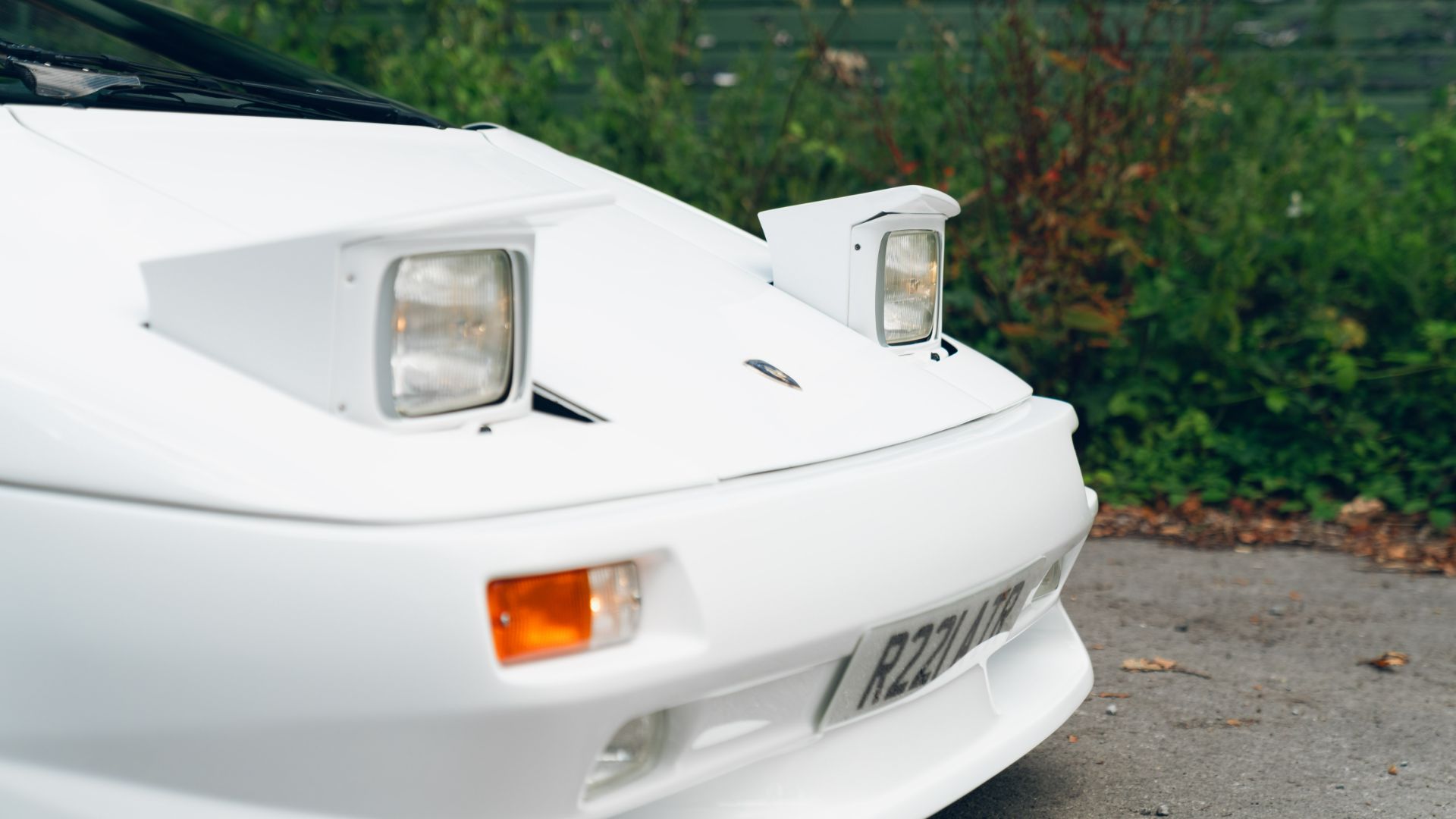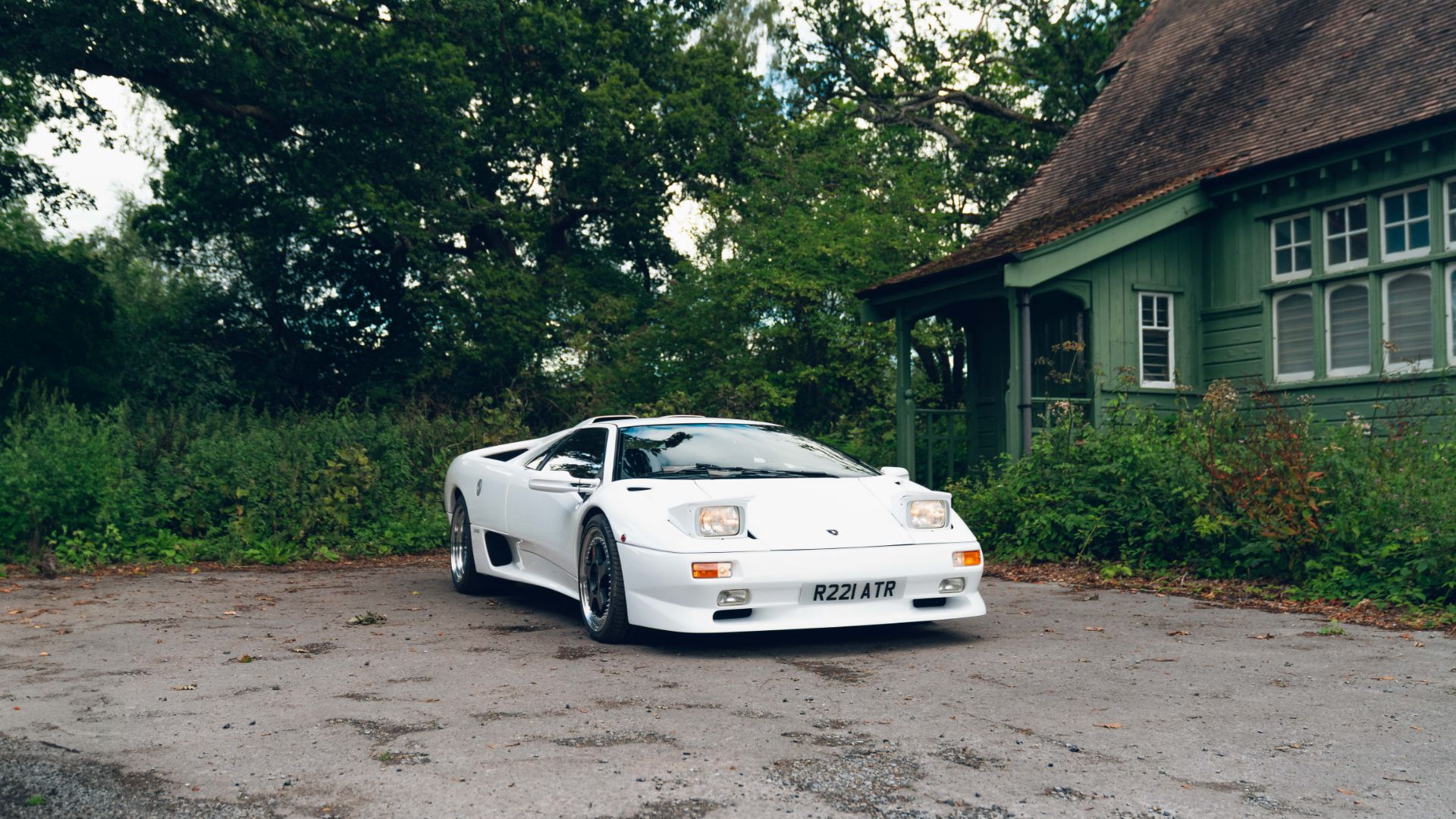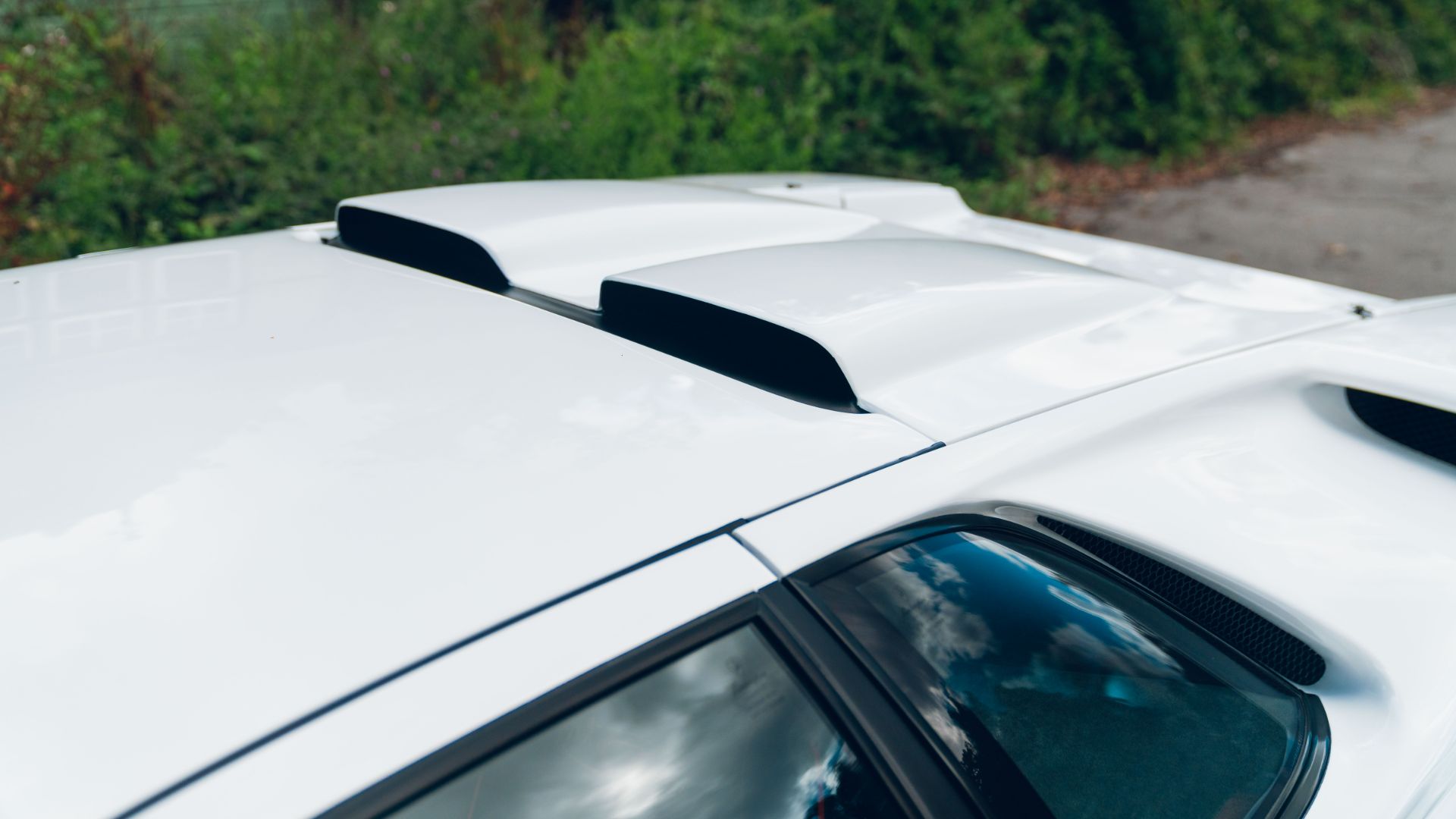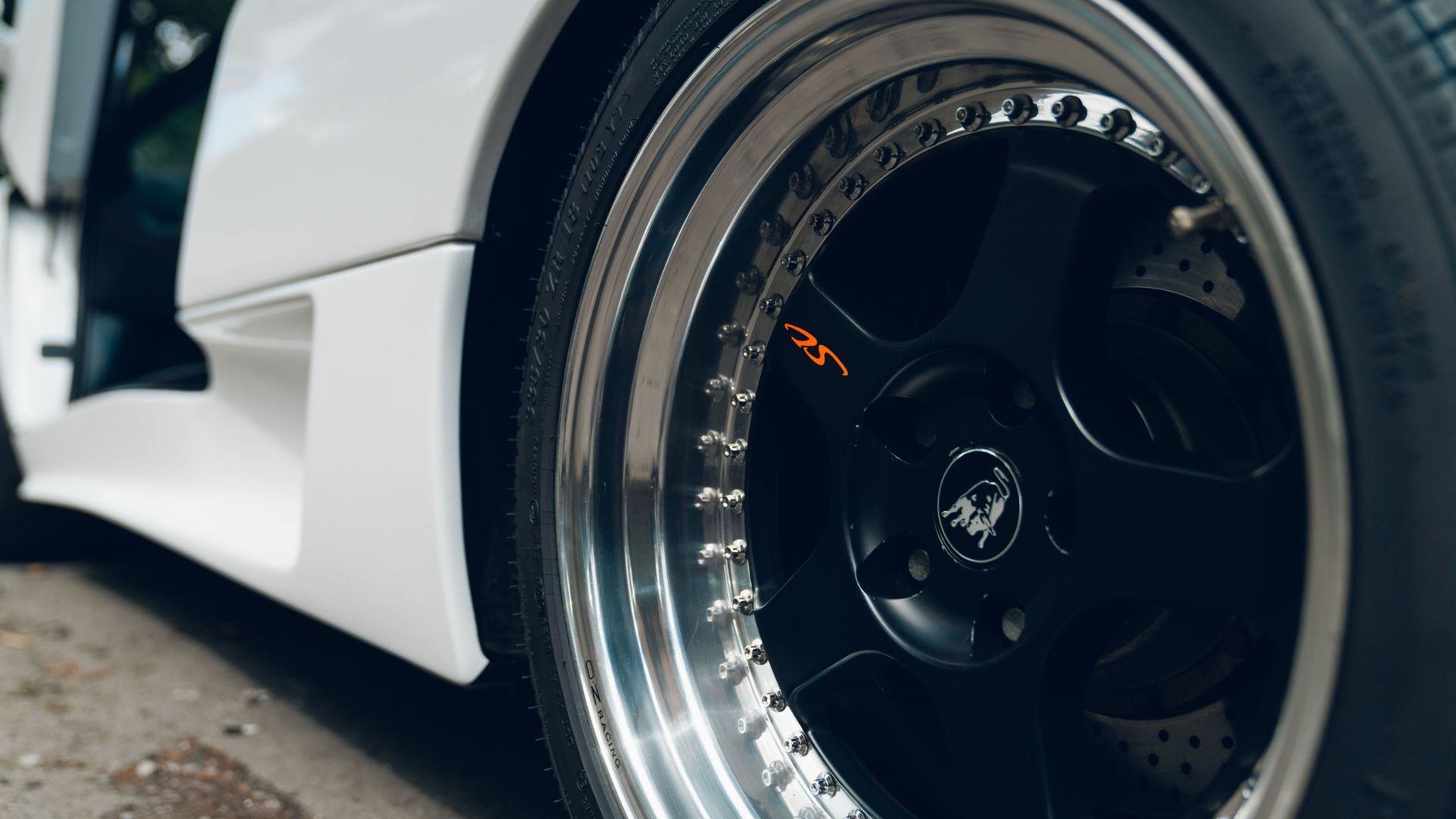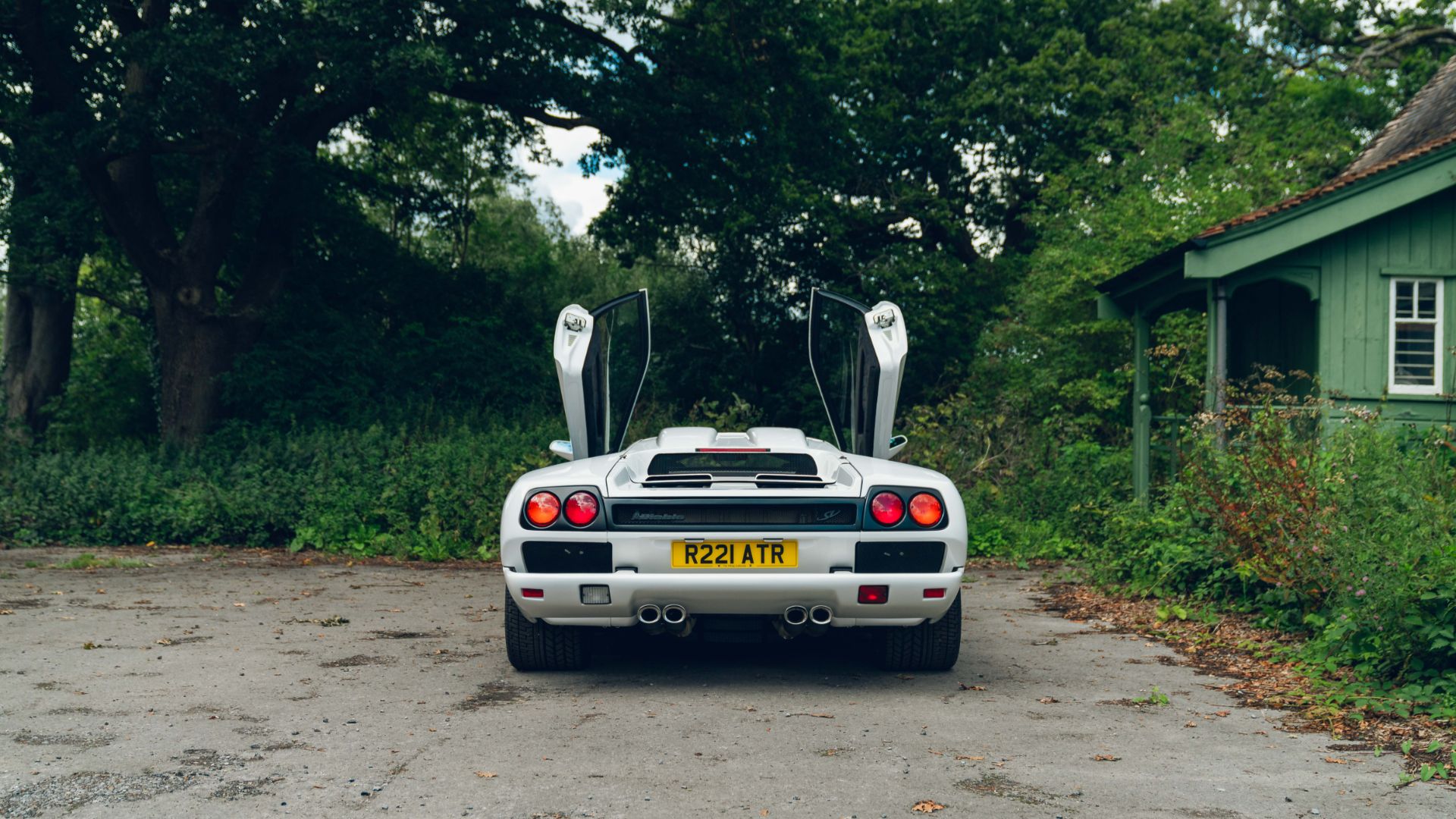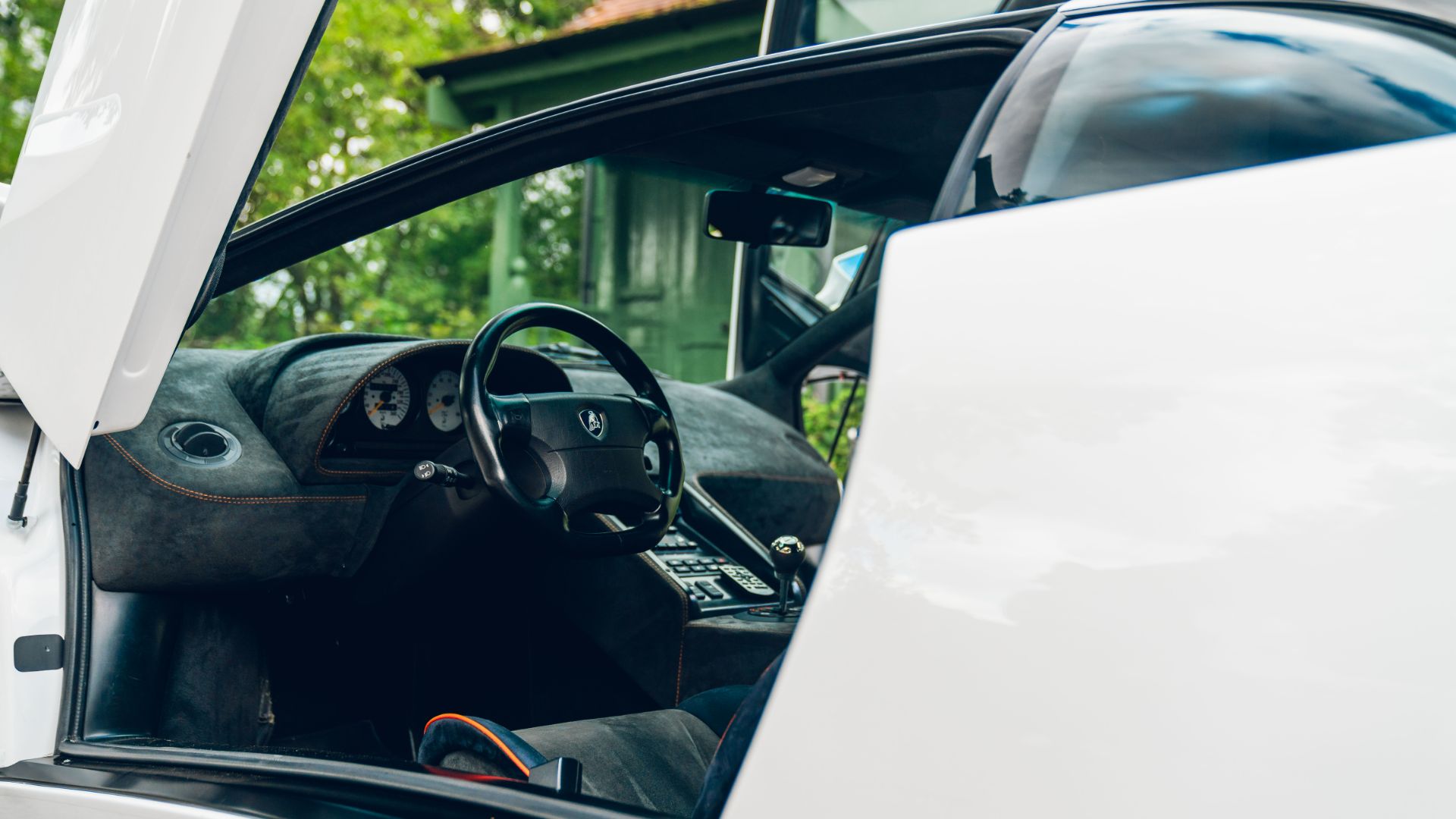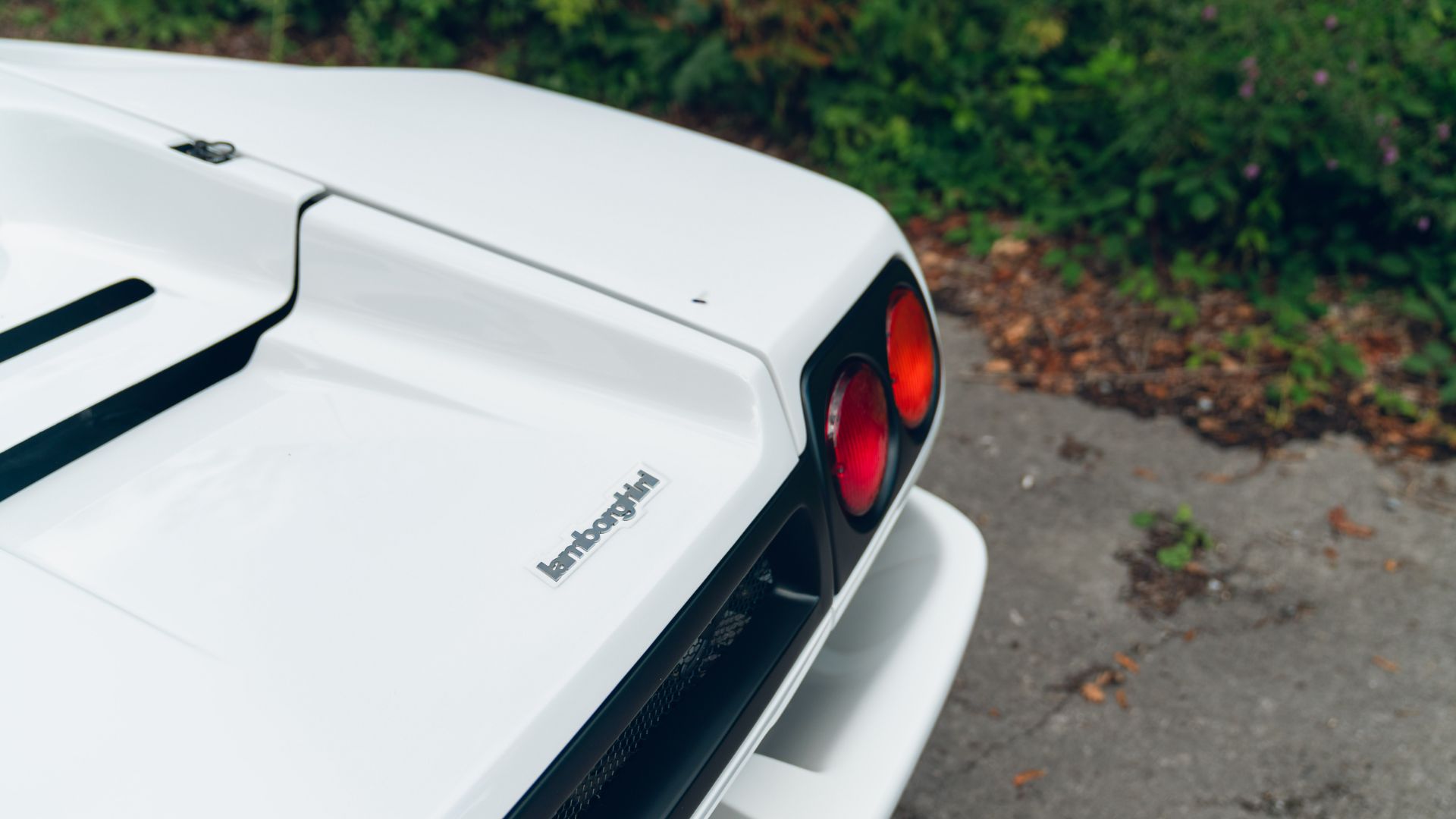In 1990, the Lamborghini Diablo was officially the fastest production car on the planet. The long-awaited successor to the Countach could reach a top speed of 203.1mph – fractionally higher than a Ferrari F40 or Porsche 959. To a nerdy schoolboy called Tim Pitt, these things mattered.
But the Diablo’s status as the ace card in supercar Top Trumps didn’t last for long. The following year, the new Bugatti EB 110 reached a maximum of 212mph. Then in 1992, the McLaren F1 introduced us to the word ‘hypercar’, later achieving a two-way average of 240.1mph and a new world record. Lamborghini had, quite literally, been left behind.
I’ve been lucky enough to drive lots of Lamborghinis since, but my childhood poster car has always eluded me. Until now. In truth, I feel a tad trepidatious: this 1998 Diablo SV musters just over half the power of a new plug-in hybrid Revuelto – 530hp plays 1,015hp – but it has no electronic stability aids and a reputation for spikiness. Worse still, the car is due on the Carhuna stand at the Concours of Elegance, Hampton Court Palace, a few days hence. Note to self: do not crash.
Thin end of the wedge
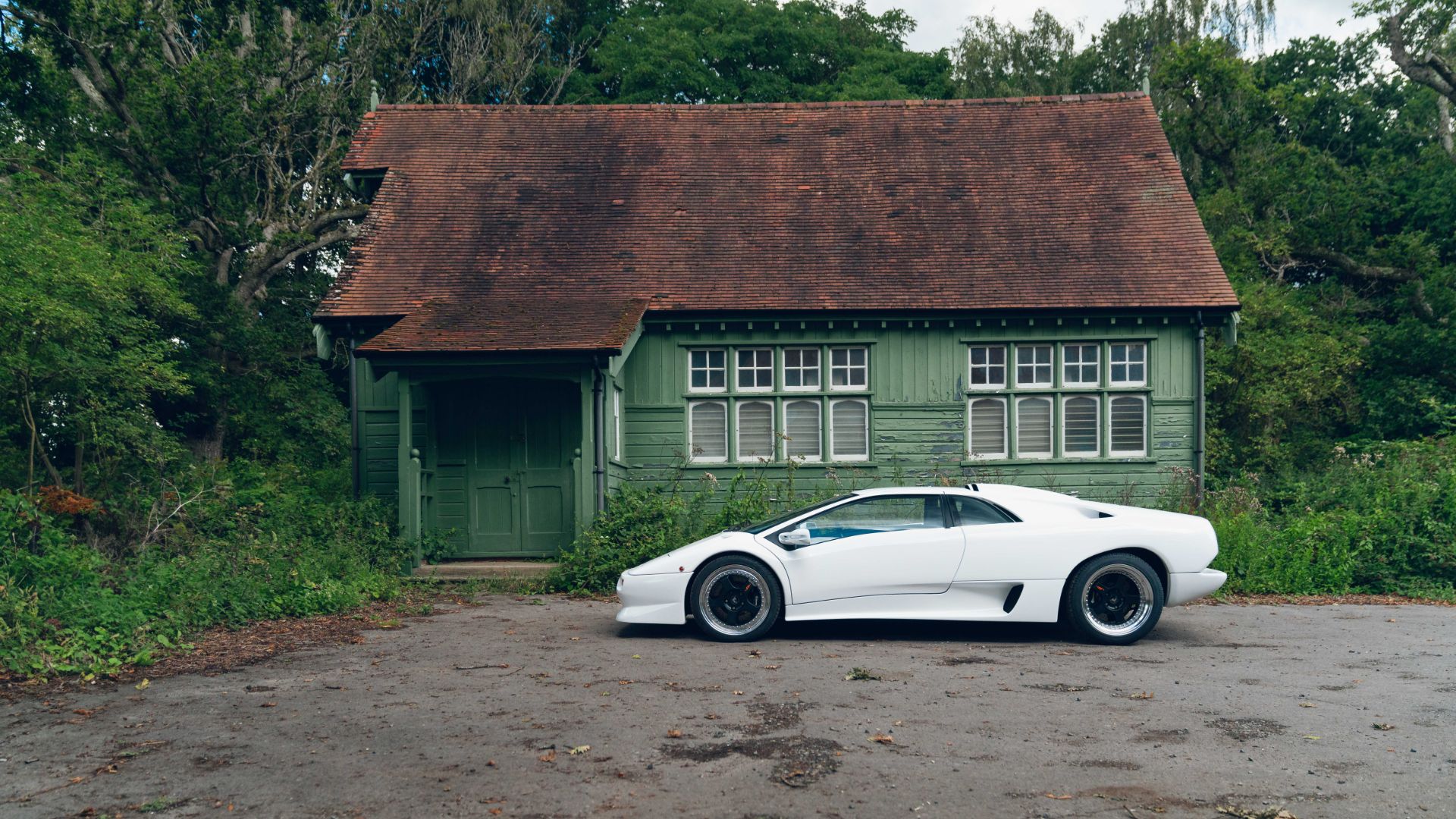
Designed by Marcello Gandini, who created the Countach nearly three decades earlier, the Diablo looks like it’s doing 203.1mph standing still. ‘Post-Audi’ facelift models had fixed headlights, but this SV has the incalculably cooler pop-up lamps, along with a pair of rally-style roof scoops that funnel air to its mighty V12.
That 5.7-litre naturally aspirated engine fills the expanse between the Diablo’s huge haunches and drives its rear wheels via a five-speed manual gearbox with an open metal gate. Lamborghini claimed 0-62mph in 4.0 seconds for the rear-driven SV (VT versions had four-wheel drive), while top speed edged upwards to 204mph.
I lift the scissor door and hoist my hips into the sparsely-padded seat. The Diablo is a reverse-Tardis: XXL on the outside and skinny-fit within. Its pedals are skewed sideways and the centre console looks like something Atari might have designed in the 1980s. Ahead, the panoramic windscreen seems almost horizontal (tiny spoilers on the wipers keep them in contact with the glass), while the rearward view is akin to peering through a very long letterbox.
The sound and the fury
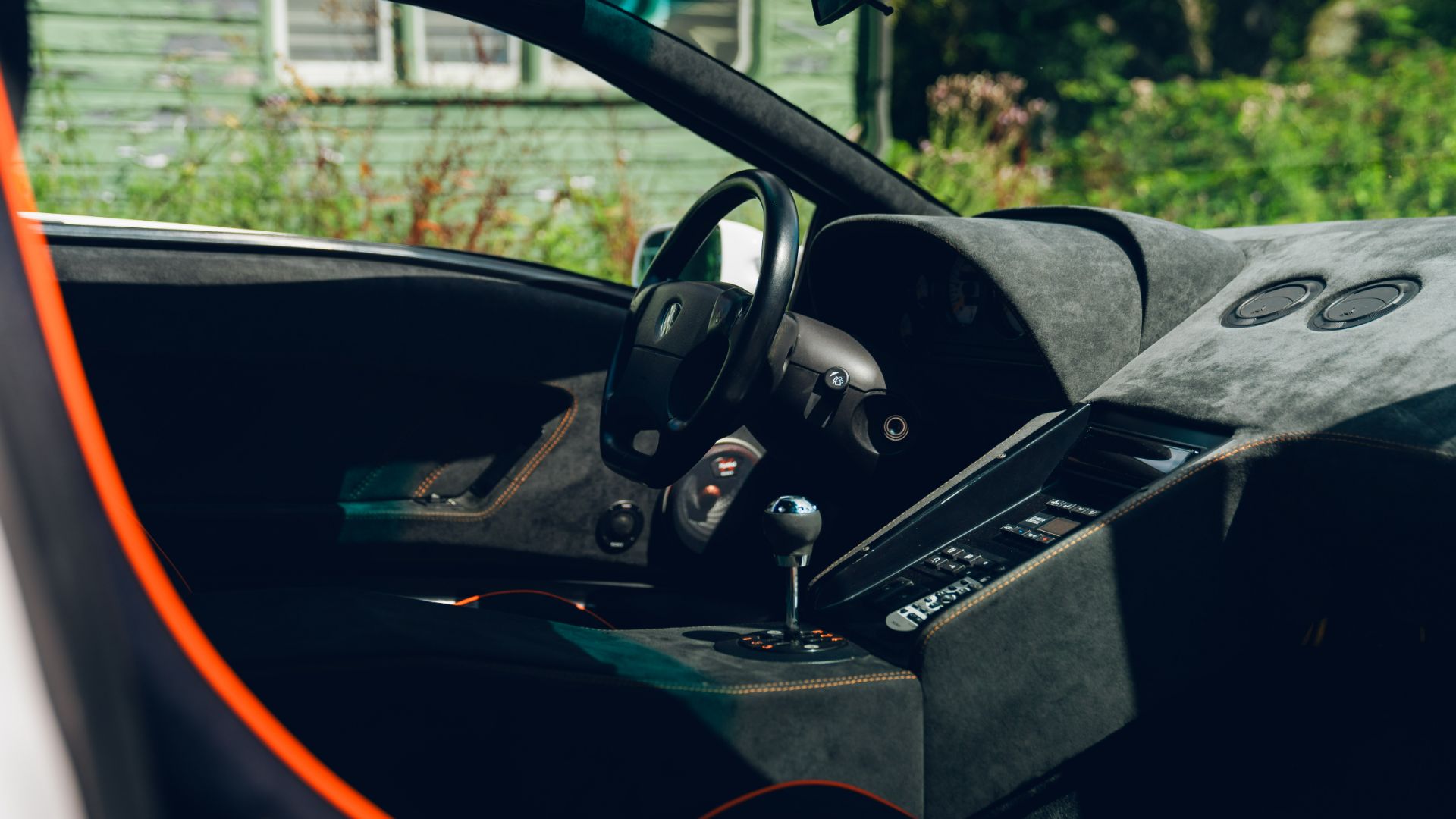
The Diablo’s weighty clutch and bicep-building gear shift (with first on a left-and-down dog leg) are a culture shock after the effortless, finger-click paddles of modern Lamborghinis. This SV does at least have power steering and anti-lock brakes, unlike some earlier cars, but it still demands mental and physical effort. You need to work for its rewards.
When those rewards come, though, they make all the concentration and perspiration seem worthwhile. The Bizzarrini-designed V12 is one of the all-time great road car engines, with monstrous torque and a ravenous hunger for revs. There are no fake sounds through the speakers, no gratuitous pops and crackles from the upswept tailpipes. Its deep, V8-like bellow reverberates through your ribcage, then swells to furious mechanical crescendo.
You’re always conscious of the Diablo’s sheer size, but pointy steering makes it easy to place and the steamroller Pirelli tyres provide huge grip. Its relatively supple ride seems suited to British roads, too. Be brave and you can sense the nose begin to push wide into understeer; be foolish and I’m sure it could go very sideways indeed. But while I never fully relax, driving a Diablo con brio isn’t as scary as I’d expected.
The pace of progress
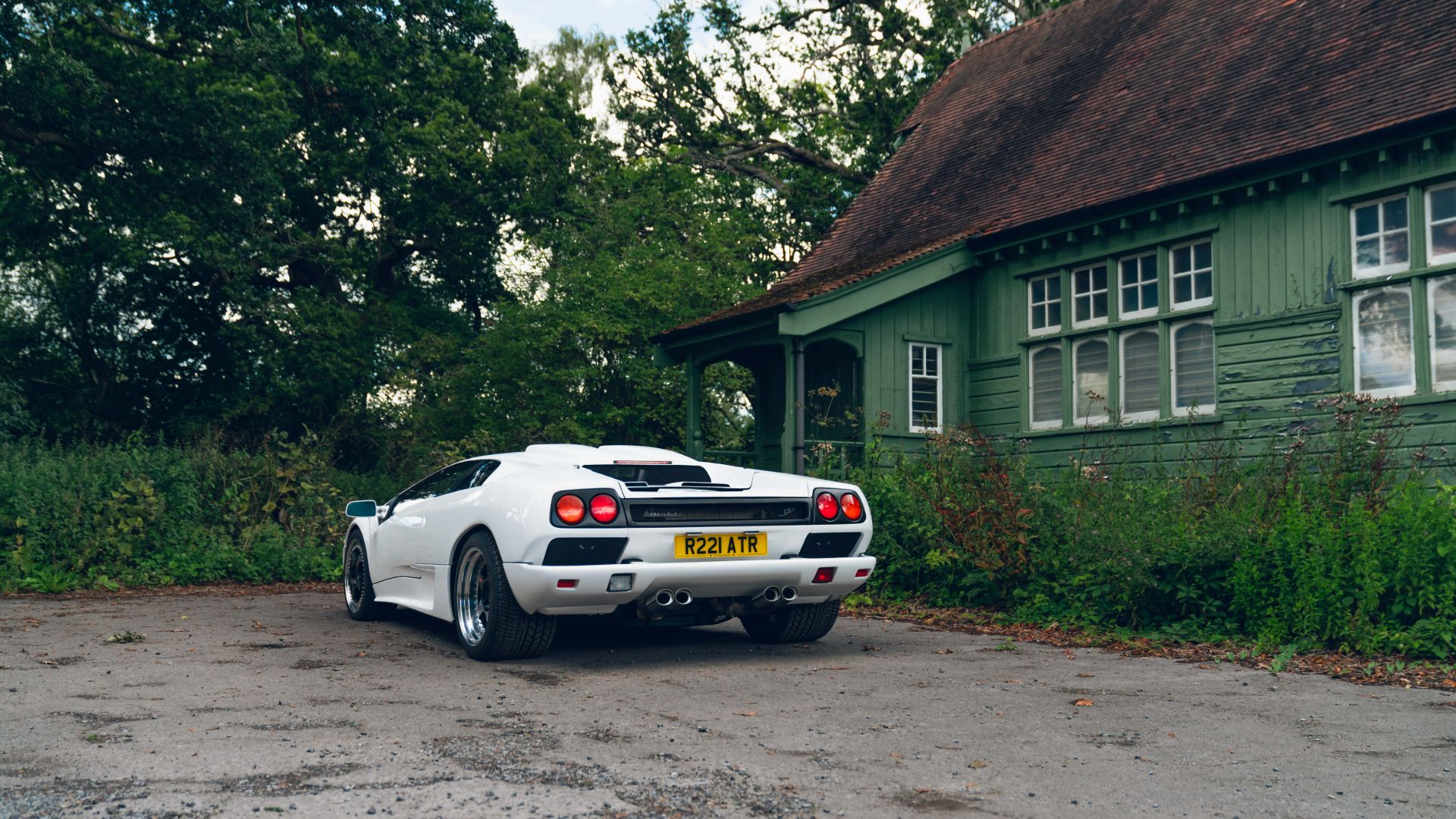
The Diablo shows the pace of progress since the 1990s, but also how sanitised modern supercars have become. You can now buy electric SUVs that are more powerful than a McLaren F1, but what my schoolboy self failed to grasp is that the numbers don’t really matter. What counts is the experience: how a car makes you feel. In that respect, the Diablo is still very much an ace card.
Many thanks to the Carhuna for the loan of the Diablo, which is currently up for auction.
ALSO READ:
Wild 1,360hp Lanzador concept previews Lamborghini’s first EV
Lamborghini Aventador Ultimae Roadster review
Lamborghini Huracan STO review
